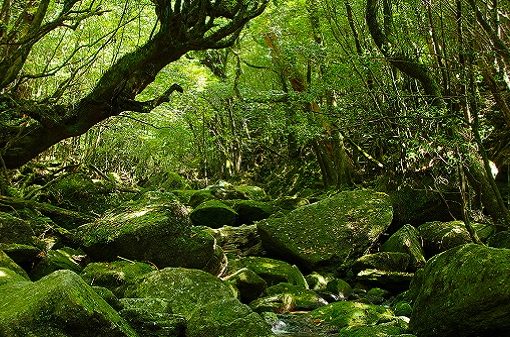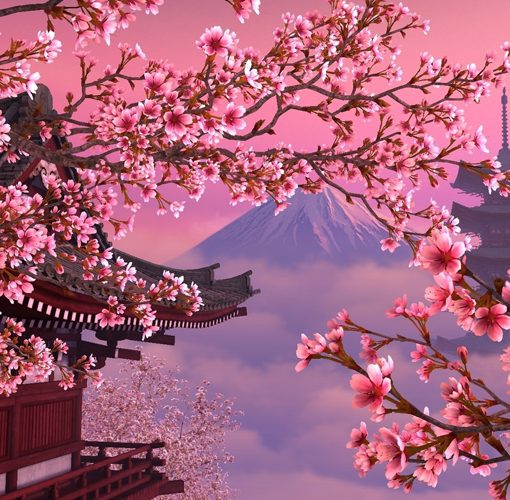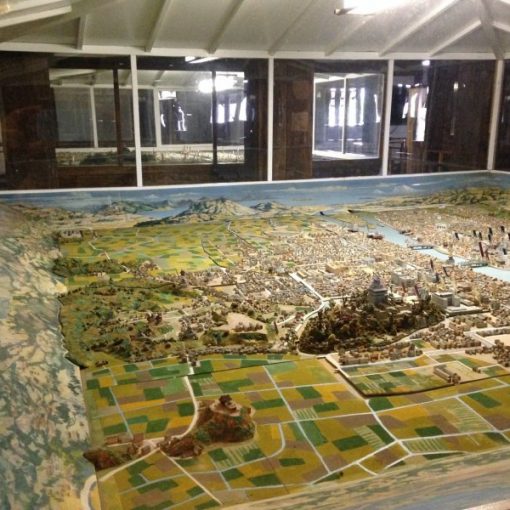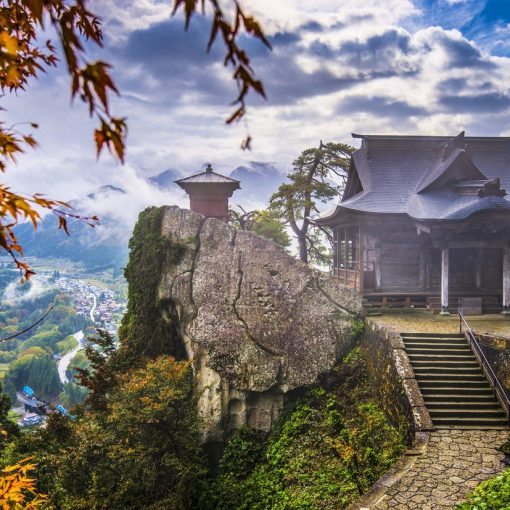FUKUI is a prefecture located almost in the center of the Japanese archipelago. Its area is relatively small – a little less than 4.2 thousand square meters. km, of which 75 percent are forests. The western hilly part of Fukui gently rolls down to the huge Wakasa Bay with dozens of cozy and unusually picturesque bays. The eastern part of the prefecture is much higher. Local mountain ranges reach heights of 1600-2000 meters above sea level.
The main wealth of the prefecture is the fertile Fukui Valley with an area of approximately 420 square meters. km, formed by sediments of the fast river Kuzuryugawa. Fenced by mountains on three sides, this valley has a microclimate that is extremely favorable for agriculture, especially for the cultivation of rice. A branch of the warm current circulating off the coast of the Sea of Japan enters Wakasa Bay. Here, at the point of collision of cold and warm waters, marine flora and fauna are especially rich.
The history of this prefecture is rooted in the distant past
Even in time immemorial, settlements of primitive inhabitants arose here along the banks of rivers and lakes. As a rule, these were immigrants from the continent who reached the Japanese islands from China and Korea, having crossed the Tsushima Strait. Most often they were engaged in fishing, hunting and gathering, but about three hundred years BC, the first rice plots appeared on the river plains.
These lands were fully developed by the peasants only in the 8th century, but the authority of this region in the national hierarchy was ahead of events. Even at the beginning of the VI century. (in 507) the local prince Otono-Oho ascended the throne of the country as Emperor Keitai. In the 8th century with the advent of fashion in the country for everything Chinese, the traffic flow between the continent and the Japanese archipelago increased dramatically, largely going through the harbors of Wakasa Bay. The ports of Tsuruga and Obama began to prosper, which tangibly affected the well-being of the entire prefecture.
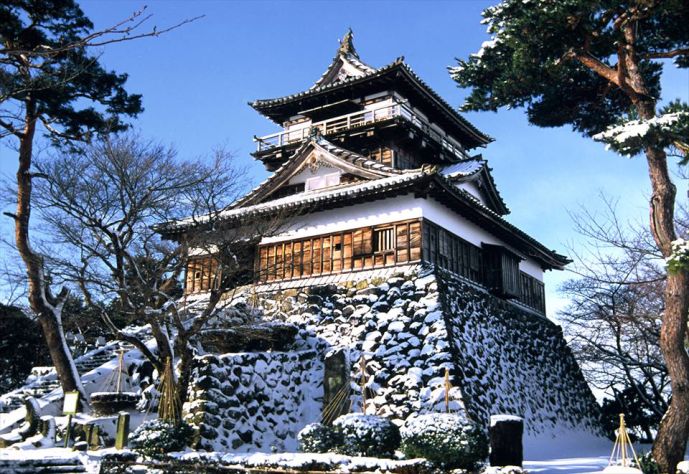
Then these places were called Echizen – after the name of a mountainous cape that protects Wakasa Bay from northwestern waves and winds. The names of Echizen and Wakasa have become household names for many handicraft schools that have settled in these places. To this day, the pride of Japan is Echizen ceramics, Wakasa and Echizen lacquerware, handmade Echizen rice paper, Wakasa agate crafts, Echizen knives, etc. Together with natural attractions and architectural monuments of the XIV-XVI centuries. these products, and more broadly, the craft schools and clans themselves, are an irresistible magnet for the countless tourists who visit Fukui at any time of the year. For several years now, the Coastal Industrial Zone has been operating on the coast of the prefecture.
Fukui is famous for its textiles, especially those made from man-made fibres. CNC metalworking machines produced by local factories were recognized. But the small town of Sakae is considered the world capital of eyeglass frames. 90 percent of the total output of this product in the country is concentrated here. Spectacles with frames from Monju from Sakae are in no way inferior to the best examples of German, French or Italian production. They are worn all over the world.
Energy potential
It is especially worth dwelling on the energy potential of Fukui. There are no turbulent rivers or powerful reserves of coal, oil and natural gas. But Fukui has been successful as a power supplier for the Osaka-based Kansai Industrial Zone. The fact is that the administration of the prefecture persuaded local residents to agree to the placement of several nuclear power plants here.
The first light water reactor built in Tsurug provided industrial current as early as 1970. The safety of the nuclear power plant, confirmed by years of operation, and the economic benefits allowed the local authorities, in collaboration with power engineers, to plan the construction of another 15 nuclear power plants in the prefecture. Upon completion of the work, Fukui will provide up to 30 percent of all electricity generated in the country. The population of the prefecture is 810 thousand inhabitants.
Food in Fukui
Echizen soba is one of the best in Japan. Fukui prefecture is famous for its buckwheat. It is often served with grated radish in a simple dashi fish broth and soy sauce.
Fukui umeboshi are sour plums marinated in salt with shiso leaves and Japanese basil. These sweet, sour, and salty plums make a very good accompaniment to plain white rice.
Ama Ebi is a sweet shrimp from the deep waters of Fukui Prefecture. They have a mild taste and a sweet aftertaste, they all reveal all their notes in their raw form as sashimi, or sushi.

